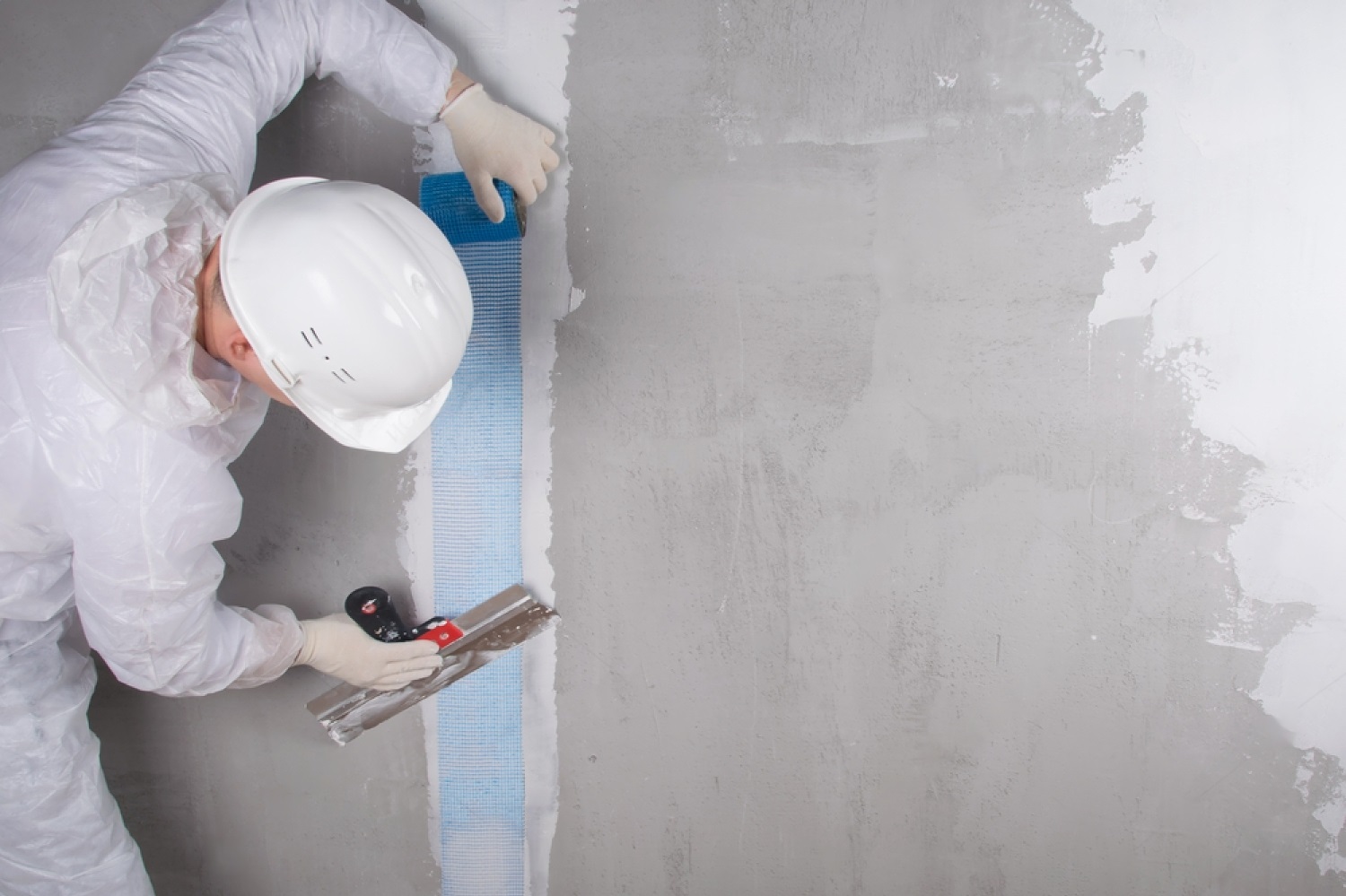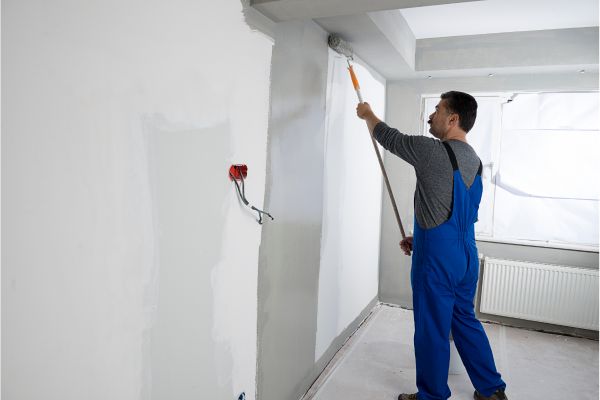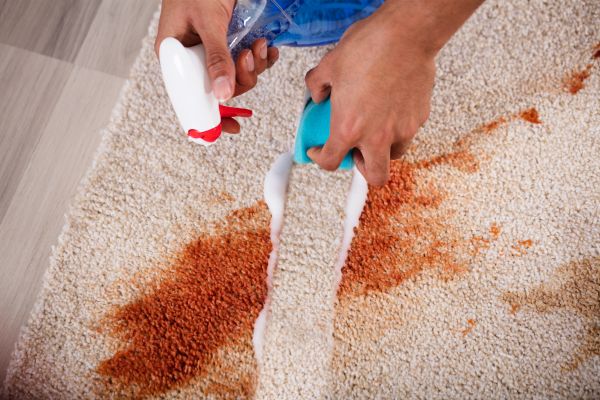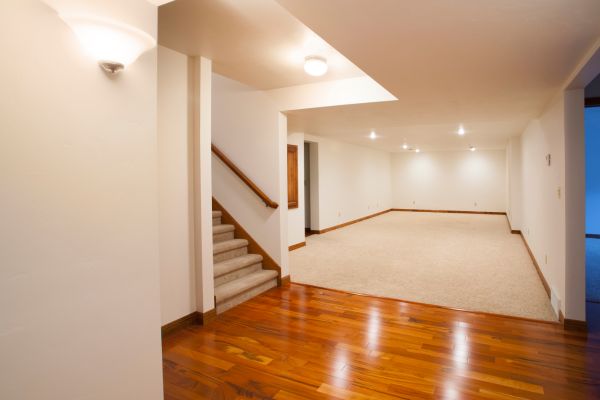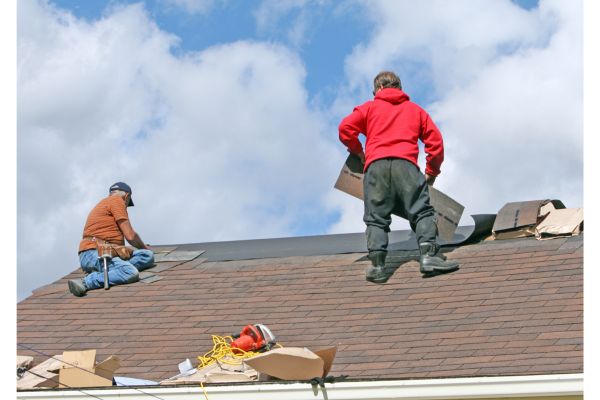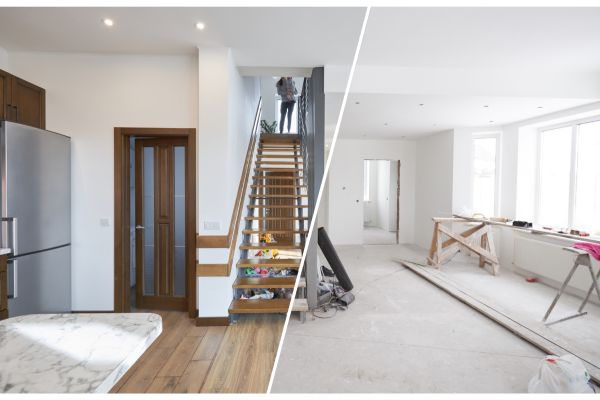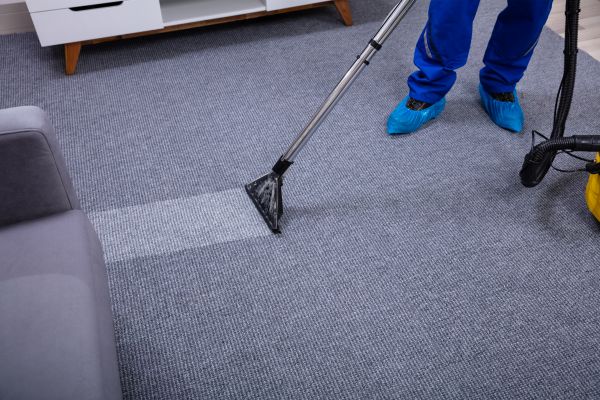Stucco, with its timeless appeal and durability, has graced the exteriors of countless homes and buildings for centuries. Yet, behind its classic facade lies a skillful craft that demands precision, knowledge, and patience. In this article, we delve into the world of mastering stucco, unveiling the secrets of flawless installation and repair. Whether you’re a seasoned professional or a DIY enthusiast, understanding these key principles will empower you to achieve stucco perfection.
Understanding the Basics: What is Stucco?
Before we embark on our journey towards mastering stucco, let’s establish a fundamental understanding of what stucco is. Stucco is a traditional building material composed of cement, sand, lime, and water, which is applied in multiple layers to create a hard, durable, and aesthetically pleasing finish for exterior walls. Its popularity stems from its versatility, as it can be textured and colored to suit various architectural styles.
Chapter 1: Preparing for Stucco Installation
1.1 Surface Preparation
The first secret to stucco mastery is thorough surface preparation. Neglecting this crucial step can result in a host of problems down the road, such as cracks and poor adhesion. Here’s what you need to do:
- Cleaning: Remove dirt, dust, and loose particles from the surface.
- Repairing Damage: Patch up any cracks or holes using the appropriate materials.
- Moisture Barrier: Apply a moisture barrier, like building paper or a house wrap, to prevent water infiltration.
1.2 Proper Mixing and Proportions
Achieving the right stucco mix is paramount. The secret here is to maintain a consistent mix with the correct proportions of cement, sand, lime, and water. Depending on the climate and desired texture, the mix may vary. Professional stucco installers often have a well-honed sense for this, but DIYers can consult experts or use pre-mixed stucco to ensure a proper blend.
Chapter 2: The Art of Applying Stucco
2.1 Multiple Layers for Strength
Mastering stucco involves understanding the importance of applying multiple layers. Typically, stucco is applied in three coats:
- Scratch Coat: This is the first layer, providing a rough surface for the next coats to adhere to.
- Brown Coat: The second layer, which adds thickness and strength.
- Finish Coat: The final layer, which defines the texture and appearance.
Each layer requires proper curing and attention to detail to ensure a flawless finish.
2.2 Texture Techniques
Texture is where stucco truly shines. Achieving the desired texture involves various techniques such as:
- Float Finish: Creating a smooth surface by using a float trowel.
- Dash Finish: Applying stucco with a dash brush to create a rough, rustic texture.
- Skip Trowel Finish: Achieving a subtle, irregular texture using a skip trowel.
Mastery of these techniques can transform a plain stucco wall into a work of art.
Chapter 3: Stucco Repair and Maintenance
3.1 Identifying Common Issues
Even the best-installed stucco can encounter problems over time. Understanding common issues such as cracks, efflorescence, and discoloration is essential for proper maintenance. The secret here is prompt identification and addressing the root causes.
3.2 Repair Techniques
Repairing stucco requires precision and skill. The secret to successful repairs lies in:
- Crack Repair: Identifying the cause of cracks and using the appropriate materials to fix them.
- Efflorescence Removal: Dealing with salt deposits that can mar the stucco’s appearance.
- Color Matching: Ensuring that repaired areas seamlessly blend with the existing stucco.
Chapter 4: Climate Considerations
One of the often-overlooked secrets to mastering stucco is understanding how climate impacts the material. Stucco behaves differently in hot and cold climates, and professionals adjust their techniques accordingly. For example:
- In hot, arid regions, stucco must be kept moist during curing to prevent cracking.
- In colder climates, additional insulation may be required to prevent moisture infiltration and freezing.
Takeaway
Mastering stucco installation and repair is a journey that combines technical skill with artistic sensibility. By understanding the secrets of surface preparation, mixing, application, and maintenance, you can elevate your stucco projects to a level of excellence. Remember, whether you’re a seasoned stucco artisan or a DIY enthusiast, patience, practice, and a willingness to learn are the true keys to unlocking stucco mastery. With these secrets unveiled, you can transform any structure into a work of stucco artistry that stands the test of time.

